It’s a feast of festivities in Sydney’s west for “New Year”
Noodlies, Sydney food blog samples the fun and food.
PLUS: read on for your chance to win the complete Luke Nguyen SBS DVD set valued at $120.
COMPETITION HAS CLOSED. Winners announced at the end of this post.
New Year themes of family, feasting, festivities, giving thanks and looking forward are universal regardless of culture and religion or even the date the New Year falls. The first day of our Gregorian calendar, 1 January, is celebrated by the west, while Chinese, Vietnamese and Korean cultures follow the lunar calendar – their New Year’s Day falls generally falls between the end of January and mid February – this year, it was Sunday, 10th February 2013.
Puthandu or The Tamil New Year follows the Nirayanam vernal equinox, it generally and handily falls on 14 April of the Gregorian year. The use of this calendar spread with Hindu throughout south east Asia, and is still observed in Cambodia, Laos, Thailand and Burma, despite their later conversion to Theravadan Buddhism. Angkor Wat, for example, was originally built as a Hindu temple.
New Year celebrations for Khmer, Lao, Thai and Burmese cultures are over three days starting from the last day of the previous year, festivities start from 13 April through to 15 April. In Australia, many celebrations are held at the Wat (temples).
This year’s celebrations are especially large because the first two days of the New Year period fall on the weekend. Noodlies, Sydney food blog takes an exciting, exhaustive tour of the festivities, food and fun in Sydney’s west.
New Year sand mounds or stupas
If you visit any of the Khmer, Thai or Lao temples during New Year, you’ll find a sand mound prominently displayed by the entrance. Donald K. Swearer writes in The Buddhism World of Southeast Asia: “The sand mound serves both practical and symbolic purposes. Practically, the sand can be used to level and clean the monastery compound; symbolically, the mountain represents new beginnings, reconnecting the sacred and mundane levels of existence”. The mound is usually decorated with flags, flowers, incense sticks and splashed with perfumed water.
Som Tum
Another common dish served at food stalls is som tum, green papaya (paw paw) salad, sour and salty with fish sauce, or fermented crabs in the Lao version. Watch the Lao version being made (and salivate) in the noodlies video below.
2013 Lao New Year at Wat Prayortkeo Dhammayanaram, Edensor Park
The pristine white temple exterior and a modest standing Buddha greet visitors. This clean subtlety mirrors the laid-back and low-profile nature of this gentle community. Take the visual tour of Lao New Year celebrations at Wat Prayortkeo Dhammayanaram with the noodlies video below.
A favourite Lao treat for noodlies is piping hot kanom krok rice cakes: creamy, moist, very sweet and interestingly spiced with tiny bits of shallots (not uncommon in south-east Asian desserts!). See them being made in the noodlies video below: firstly the rice cake foundation is cooked, flavour comes from coconut cream and shallot topping that is poured on later. These perfectly rounded desserts are made by the Lao Star people – they don’t have a restaurant but you can find them at several festivals around town.
2013 Cambodian New Year at Wat Khemarangsaram, Bonnyrigg
The walls and ceilings of the main shrine of Wat Khemarangsaram are covered with brilliantly vibrant murals depicting the Buddha’s life and enlightenment. You get a sense of their scale and beauty towards the end of the noodlies video below, but before you get to that, there are lots of food to savour, oh, and notice the sand mound too.
2013 Thai New Year, Songkran at Wat Pa Buddharangsee Buddhist Forest Monastery, Leumeah
Wat Pa Buddharangsee holds one of the oldest and largest Thai New Year festivals in Sydney’s West. It’s also the most culturally diverse with participation from Thai, Lao, Khmer, Burmese and other cultures sharing the same New Year. This New Year festival also has the most number of food stalls from the widest range of cultures, some of these stalls donate all proceeds to the Temple as a way of making merit for the New Year.
Noodlies, Sydney food blog is especially chuffed to capture Chief Abbot Phra Rajsilaporn (Chao Khun Samai) in a jovial mood, blessing the crowd (including noodlies and Walter) with incense sticks and water. Splashing of water is good, clean fun, especially in the tropical Thai climate, but water also symbolises religious purity – the act of splashing water on others is an expression wishing good luck and prosperity on them.
And my favourite food at Wat Pa Buddharangsee Thai New Year festival? Paratha with curry – hands down. The thick roti pastry is both crispy on the outside and soft inside, it’s even softer and extra absorbant when dipped into mild chicken curry. See the noodlies video above and watch them being made.
I love culturally diverse Sydney, especially western Sydney, where there’s a celebration just about anytime and where “New Year” lasts for many, many months.
Happy New Year to you and your loved ones, regardless of race, culture and religion.
Have you been to any of these festivals in Sydney or overseas? Eaten paratha or kanom krok? Share your experience by leaving a comment.
Noodlies’ New Year Competition
To celebrate the New Year for these south east Asian countries, noodlies, Sydney food blog, Madman Entertainment and SBS Food has three great prizes for you to win.
Major Prize is one complete Luke Nguyen SBS DVD pack containing all the Luke Nguyen series to date, total value $120 RRP and includes:
Luke Nguyen’s Vietnam, Series 1 and 2: Luke Nguyen, acclaimed owner and chef of the Sydney restaurant ‘The Red Lantern’, returns to the country of his heritage to take a culinary journey through the southern regions of Vietnam. Starting in Saigon (Ho Chi Minh City), Luke travels through the Mekong Delta, and north along the coast to the World Heritage city of Hoi An. Along the way he prepares dishes in locations that represent the real Vietnam, in all its chaotic vibrancy. AND
Luke Nguyen’s Greater Mekong, Series 1 and 2: Luke Nguyen takes us on a culinary journey across the Greater Mekong region of Southeast Asia. Beginning in Yunnan Province, China, Luke takes to the backstreets and traverses mountainsides to prepare the dishes that have sustained communities for centuries, revealing Mekong is more than a source of food to the people that live along its shores, it’s a way of life.
Runners Up Prizes x 2 prizes: valued $29.95 RRP each
Greater Mekong Series 2 DVDs. Two to be won
How to enter
In the comments section, tell us what you love about either Vietnamese, Thai, Laos or Cambodian food. Less than 50 words and by Friday, 26 April 8pm.
Winners will be contacted by Monday, 29 April noon. Winners must respond to email by Thursday, 2nd May 2013, noon with a delivery address. Open to Australian residents.
It’s that easy.
Oh, and if you like this post and the competition, please share it on facebook, twitter, pinterest or other social media, I’d really appreciate it 🙂
The complete Luke Nguyen DVD collection could be yours, with thanks to noodlies, Sydney food blog, Madman Entertainment and SBS Food.
And here’s Luke talking to noodlies about his love of Cabramatta and his SBS TV show.
Winners are grinners
Congrats to our winners:
Major Prize: Manisha Parmar
Runners Up: Susie Tran, Stephanie Lim

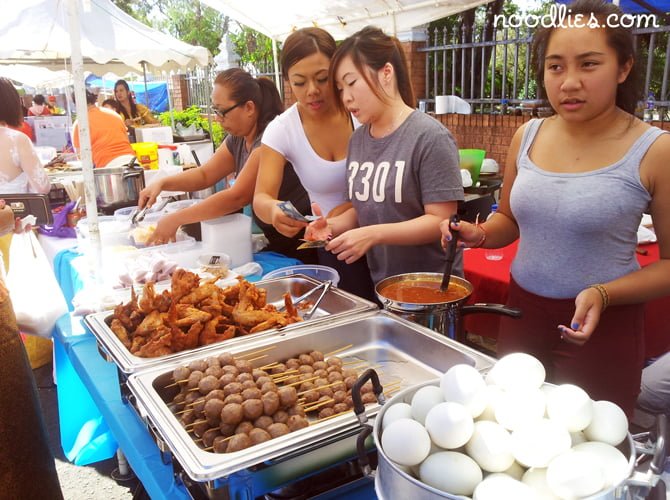
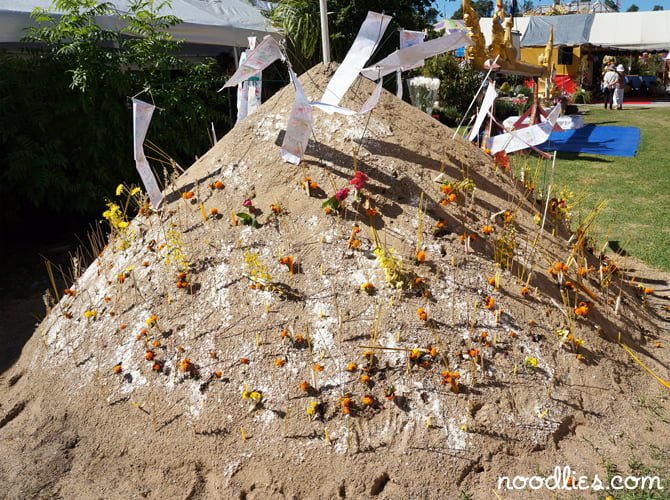
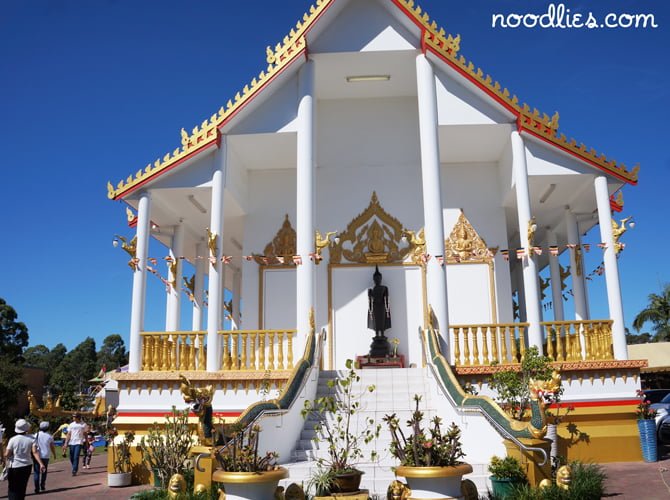
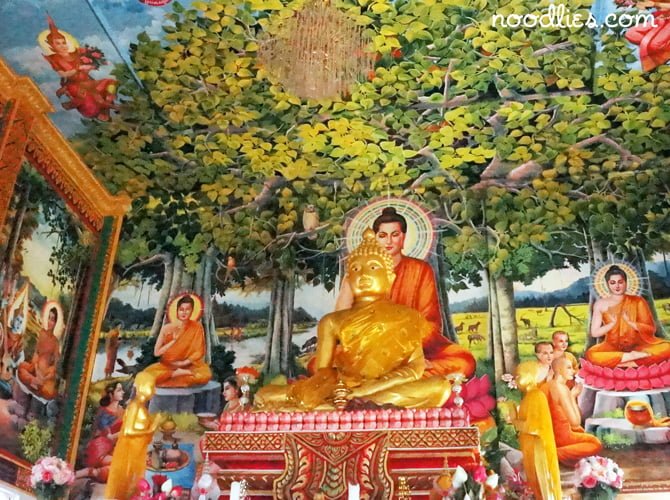
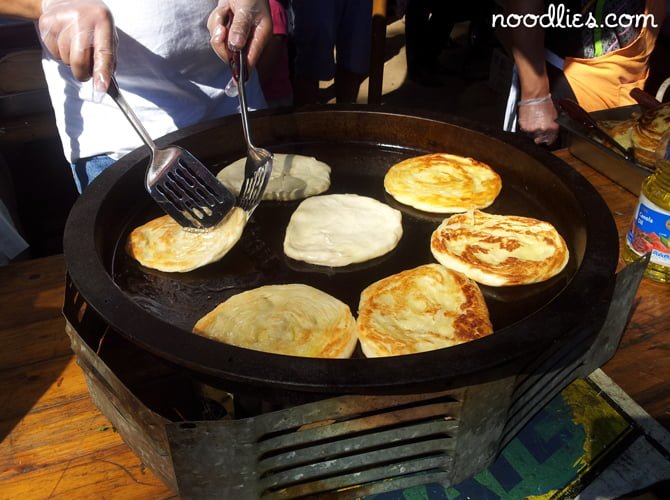



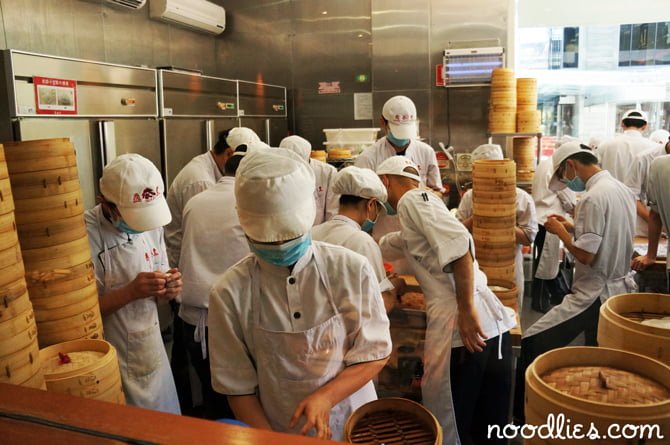

OMG!!! What a fantastic day. We are so lucky in Sydney. So much colour and excitement.
I love all the textures, fragrances and tastes of Thai food! It’s like a mini vacation with every mouth full, an exotic getaway without the heat or cost….
I love the fresh produce which is used to create healthy tasty meals. The tastes and textures delight the senses. I would love to win!
I love Thai cooking, fresh spicy food with the vegetables retaining their crunch.
I love Vietnamese food because it is a celebration and the harmony of fresh and crisp produce, mouth-watering textures and maximum flavours. The food is steeped in rich history and tradition and for that reason it is true soul food.
Congrats, you’re a winner Manisha
I love Cambodian food and its unique manner in using exotic ingredients that you can’t be found anywhere else. I love the rich backstories that the food holds for people and how it brings back such strong and vivid memories of one’s childhood, including those of my parents.
Congrats, you’re a winner Stephanie.
I love the stinky ness of the fish sauce & shrimp paste in Vietnamese, Thai & Lao food. It brings out do much flavour & I love that it tastes fresh & homemade even if I get it from a restaurant!
what an amazing prize! i love vietamese food because it is so aromatic without being overwhelming! snd the variety is endless!
I love a good slurp on Vietnamese soup, the aromatic herbs and crunch of bean shoots. It’s real comfort food to me. The best!
Vietnamese food! Because it is fresh, healthy (not much oil is used), heart-warming (pho on a cold winter’s day) and although simple in terms of ingredients and preparation, but deceptive complex in terms of balance of flavours.
Congrats, you’re a winner Susie.